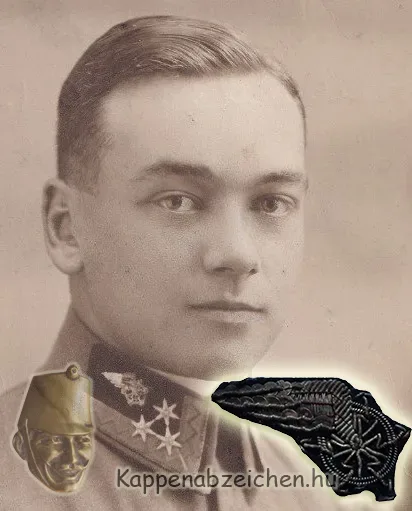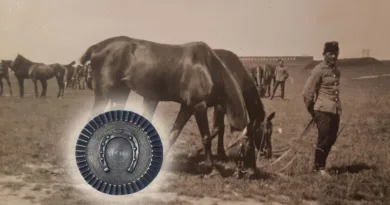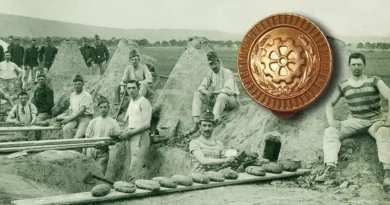Troop collar insignia for the railway and telegraph regiment
A new post by Gábor Széplaki:
After the Russo-Turkish war, the question of the affiliation of the Balkan territories was resolved by a congress held in Berlin in 1878 with the participation of the leading powers of the continent and the concerned Balkan peoples. As one of these decisions, Bosnia and Herzegovina was rendered to the Austro-Hungarian Monarchy. Contrary to plans, the march into the new provinces was not a quick triumphal march. It took more than two months and met with serious resistance, which claimed considerable losses. The operation highlighted weaknesses in weaponry, equipment, training and organization, which began to be corrected in the following years. One of the lessons learned was that military aspects must also be taken into account in the further development of the railway and telegraph network.
The dynamic quantitative and technical development of the telegraph network in the territory of the monarchy foreshadowed the establishment of a new specialist troop in 1883: the Railway and Telegraph Regiment. The corps built telegraph disconnections and independent lines for the headquarters and the commands of higher units, as well as other leading bodies.
Structure of the regiment:
– Headquarters (leading bodies)
– First-line telegraph directorates (military supply control points)
– Second-line telegraph directorates (military supply control points)
– 42 field telegraph squads
– 3 mountain telegraph squads
– 1 separated telegraph squad
The telegraph school was established and operated within the regiment.
According to the literature, a troop insignia to be worn on the collar was introduced in 1883 to distinguish the new formation, but unfortunately I have not found the relevant decree until now. The main motif of the insignia is a winged wheel, which can also be seen on the uniforms of the civilian railway staff – according to one main activity of the corps. Due to this similarity resulting from the common task, this military insignia is often confused with the civil insignia. The most important difference is that the spokes of the wheel are displayed with stylized lightning motifs emanating from the axle, which refer to the other basic activity of the regiment.
Since the distinguishing mark was introduced quite early – the third in order of such badges – and the troop was stationed in many areas of the empire, the badges show minor or major differences both in terms of the materials used, as well as the design and form. Presumably, several companies supplying the army produced them, hence the occurrence of many different versions.

For the regiment’s insignia, the officers wore gilded ones, the non-commissioned officers and crew members, and the staff officers wore silver-plated ones. In its design, there are specimens made of metal plates of various materials, or embroidered with gold/silver metal thread and sequins.

Since the badges had been used in the system for a long time, their occurrence is rather frequent, similarly with regard to wearing photos. We can see an example of wearing an embroidered badge on the title page, and a metal badge on the bottom:

The insignia also appears on the unit’s 1916 cap insignia.





